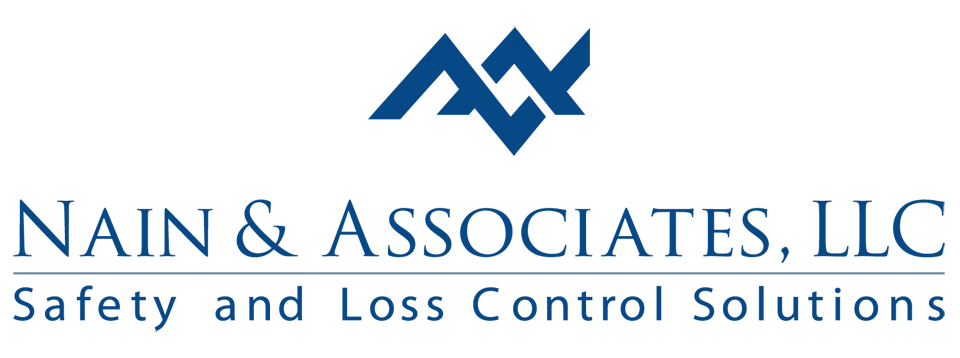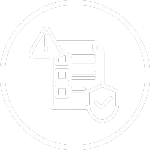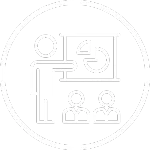Now Offering Spanish Safety Training!
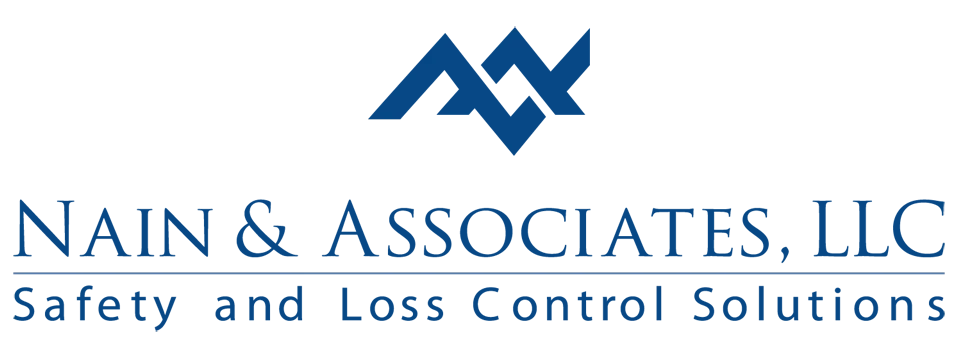
Now Offering Spanish Safety Training!
General Safety
Effective Hazard Communication for OSHA Compliance
FSDAVCFEBFEVSDDVFSD
FSDAVCFEBFEVSDDVFSD
FSDAVCFEBFEVSDDVFSD
General Safety - Hazard Communication
Why Hazard Communication Is Essential for Safety
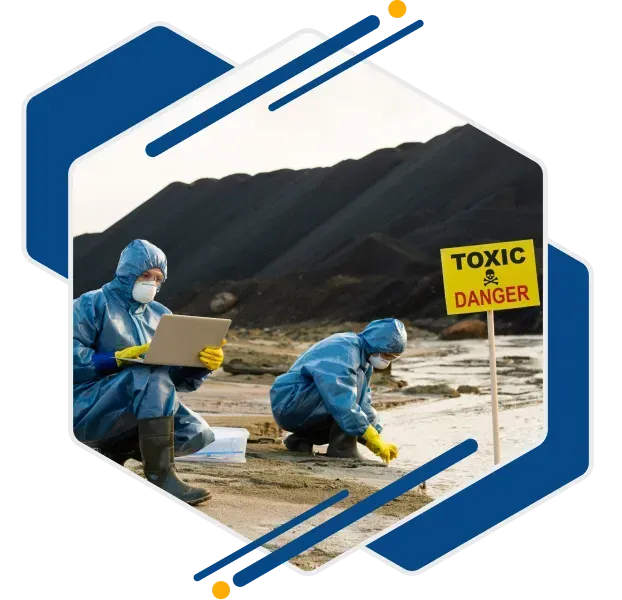
Hazard communication is a critical component of maintaining a safe workplace. It encompasses clear labeling of hazardous materials, proper signage, and comprehensive training to help employees identify and manage potential risks. This proactive approach not only helps prevent accidents but also ensures compliance with OSHA standards, making safety a top priority.
Effective hazard communication also promotes a culture of continuous safety awareness. Regular updates to safety protocols and consistent training keep employees informed about changing hazards, allowing them to respond appropriately. This ongoing education reinforces adherence to safety measures, reduces workplace risks, and fosters an environment where safety is embedded in everyday practices.

Implementing Effective Hazard Communication Strategies
Implementing effective hazard communication strategies begins with clear and consistent messaging throughout the workplace. Safety protocols must be communicated visually and verbally, using clear labels, signs, and training materials. Employees should receive regular briefings to reinforce safety measures and ensure they understand the importance of hazard communication. This proactive approach helps employees recognize risks and respond appropriately.
Tailored communication strategies are essential for addressing specific workplace hazards. For example, chemical manufacturing facilities might require more focused training on handling toxic substances, while construction sites may prioritize safety measures for working at heights or managing heavy equipment. Integrating hazard analysis techniques into communication efforts can help organizations address potential hazards more effectively, ensuring that safety measures align with specific operational risks.
Continuous evaluation of hazard communication practices is vital for maintaining a safe work environment. Regular audits and employee feedback can identify gaps in communication and help improve safety training. By adapting strategies based on feedback and new regulations, organizations can create a more effective communication system. This approach keeps employees engaged, aware, and well-prepared to manage hazards safely.
Core Elements of Hazard Communication Protocols

Clear hazard communication begins with detailed safety protocols that outline procedures for handling hazardous materials. This includes clear labeling, Material Safety Data Sheets (MSDS), and visual warnings to ensure all employees are aware of potential risks. Consistent training reinforces these practices, helping workers understand and apply safety measures effectively. Incorporating general safety principles into hazard communication further improves employee awareness and minimizes workplace incidents.
Regular audits are crucial to maintaining effective hazard communication. These assessments help identify gaps in safety measures and ensure compliance with OSHA standards. By addressing communication issues proactively, organizations can enhance safety training, update safety manuals, and refine protocols. This systematic approach ensures that all employees have the necessary information to manage risks properly and respond to hazards efficiently.

Proper hazard communication also involves adapting safety strategies to industry-specific needs. For example, industries handling hazardous chemicals should focus on specialized HazMat and HAZWOPER training, which equips workers to handle specific materials safely. This targeted training helps prevent chemical exposure and maintains a safer work environment. By tailoring communication and training to the specific risks of each workplace, organizations ensure that safety measures are relevant and practical.
Employees should receive continuous updates on safety protocols to stay informed about changing risks. Effective hazard communication not only involves safety signage and labeling but also includes regular meetings where employees can ask questions, and clarify procedures or signage and tags. This engagement builds confidence, making it easier for workers to apply safety measures effectively during their daily tasks, thereby reducing the likelihood of accidents and compliance violations.
Frequently Asked Questions
Frequently Asked Questions
What is Hazard Communication, and why is it critical in the workplace?
Hazard Communication (HazCom) is a regulatory requirement that ensures employees are informed about the chemicals they are exposed to in the workplace. It involves identifying chemical hazards, communicating these hazards to employees, and training them on proper handling and emergency measures. It's critical because it empowers employees with the knowledge to protect themselves and others from chemical hazards, thereby reducing the risk of accidents and health issues.
How can Safety Experts assist my business with Hazard Communication?
Nain and Associates’ safety experts can help your business by developing a comprehensive HazCom program tailored to your specific needs. This includes inventorying chemicals, assessing their hazards, creating safety data sheets (SDSs) and labeling systems, and training employees on the dangers of the chemicals they work with and the protective measures they should take. Their program aims to make HazCom procedures easy to understand and implement for both management and employees.
What does a Hazard Communication program include?
A comprehensive Hazard Communication program includes several key components: a written HazCom plan that outlines how hazard information will be communicated within the facility, proper labeling of chemicals, maintaining and accessing Safety Data Sheets (SDSs) for all chemicals, and employee training on hazard recognition and safe handling practices. The program also includes methods for informing employees of the hazards associated with non-routine tasks and the hazards of chemicals in unlabeled pipes.
Why is employee training a crucial part of Hazard Communication?
Employee training is crucial because it ensures that workers understand the hazards associated with the chemicals they use and know how to protect themselves and their coworkers. Effective training covers interpreting labels and SDSs, proper use of personal protective equipment (PPE), emergency procedures, and specific measures for dealing with chemical spills or exposures. Regular training updates are necessary to accommodate new hazards and reinforce safety practices.
How often should Hazard Communication training be conducted?
OSHA requires that Hazard Communication training be conducted at the time of an employee's initial assignment to work with a hazardous chemical, and whenever a new chemical hazard the employees have not previously been trained about is introduced into their work area. Beyond these requirements, it's a good practice to conduct refresher training annually or whenever significant changes occur in the workplace that might affect chemical hazards.
Enhancing Safety Through Consistent Hazard Communication
Consistent hazard communication is critical for maintaining compliance and preventing accidents. Regular updates to safety protocols help employees stay informed about potential risks and how to manage them. Effective communication involves clear signage, up-to-date safety manuals, and accessible Material Safety Data Sheets (MSDS), ensuring that workers have the information needed to handle hazards confidently.
Specific communication methods for various work environments can further enhance safety. For example, incorporating policy manual development into hazard communication ensures that safety guidelines are clear and specific to each department. This tailored approach makes it easier for employees to understand and follow safety protocols relevant to their roles.
Engaging employees through hands-on training sessions is another way to strengthen hazard communication. Workers should participate in practical exercises that simulate real-world risks, reinforcing their ability to respond correctly. This hands-on approach not only increases safety awareness but also encourages proactive behavior, reducing incidents across the workplace.
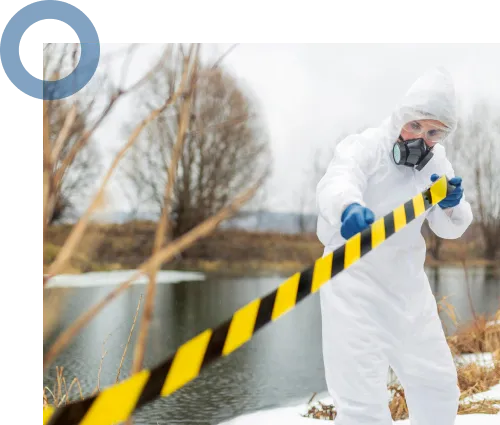

Building a strong communication culture requires active employee involvement and regular feedback. Encouraging workers to report hazards, suggest improvements, and ask questions helps keep safety communication channels open and transparent. This collaborative approach fosters a proactive safety environment, where employees feel valued and responsible for workplace safety. By emphasizing open dialogue and continuous feedback, organizations can enhance safety protocols, reduce risks, and maintain compliance. Making safety a shared responsibility promotes a safer and more effective work environment for everyone.
We Help You Implement Effective and Universal Communication
To build a safer workplace, consistent hazard communication must be prioritized at all levels. This process starts by ensuring that employees understand the importance of clear labeling, safety signage, and accessible information. Regular safety meetings provide opportunities for workers to discuss challenges and ask questions about safety protocols. Encouraging open dialogue enables employees to engage fully with safety measures, leading to a more informed and compliant workforce.
Integrating specialized training, like HAZWOPER and HazMat education, can further enhance hazard communication efforts. Employees who receive in-depth training on handling hazardous materials are better equipped to manage workplace risks. This targeted approach helps prevent incidents related to chemical exposure, making the work environment safer for all. Providing employees with role-specific training also reinforces their understanding of safety measures, enabling them to respond appropriately to potential dangers.
Maintaining effective hazard communication involves regular evaluations and updates to safety strategies. Feedback from employees should be actively sought and used to refine safety protocols. Organizations that adapt based on real-world experiences tend to have better compliance outcomes and fewer workplace incidents. This ongoing commitment to hazard communication not only fosters a proactive safety culture but also reduces long-term risks, creating a safer, more productive environment for everyone involved.
Have Questions About Our Services?
Contact us to learn more today!
Have Questions About Our Services?
Contact us to learn more today!
Design By: Customers.Plus
© 2026 | Nain & Associates LLC
